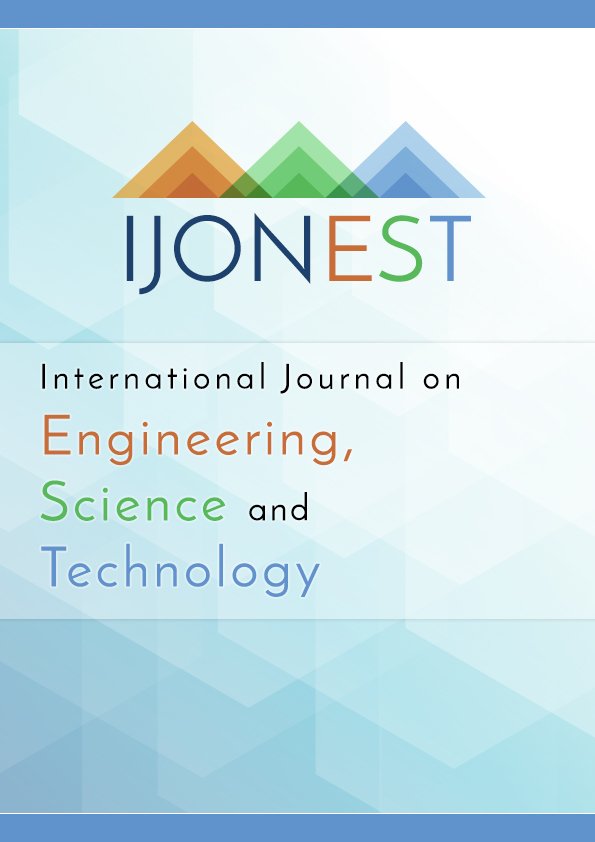Could Long-Term COVID-X or Autoimmune Disorders be Triggered through the Mechanical Spreading of COVID-X -Virus Invades Bacteria -Self-inclusion-?
DOI:
https://doi.org/10.46328/ijonest.243Keywords:
COVID-X, Physical reasoning , Recontamination, Vaccines and host , Living beings , Antibiotic, Environment, LifeSpam, Intelligence, Shielding, Immune system, Droplet airborneAbstract
We wrote this opinion paper exclusively based on the author's experiences. Its main proposal concerns the possibility that a bacteria may have a couple of units of coronavirus-X inside it. The reasoning is primarily physical, where several coronavirus-X units may fit inside a bacterial body. In such a situation, there is the possibility that units of coronavirus-X can be released into the human body, restarting the virus contamination—long-term coronavirus-X. It is the author's opinion that the virus could also live inside a bacteria.References
Balloni, A.J. (2025). Could long-term COVID-X or autoimmune disorders be triggered through the mechanical spreading of COVID-X -virus invades bacteria -self-inclusion-?. International Journal on Engineering, Science, and Technology (IJonEST), 7(1), 26-29. https://doi.org/10.46328/ijonest.243
Downloads
Published
Issue
Section
License
Copyright (c) 2025 International Journal on Engineering, Science and Technology

This work is licensed under a Creative Commons Attribution-NonCommercial-ShareAlike 4.0 International License.
Articles may be used for research, teaching, and private study purposes. Authors alone are responsible for the contents of their articles. The journal owns the copyright of the articles. The publisher shall not be liable for any loss, actions, claims, proceedings, demand, or costs or damages whatsoever or howsoever caused arising directly or indirectly in connection with or arising out of the use of the research material.
The author(s) of a manuscript agree that if the manuscript is accepted for publication in the International Journal on Engineering, Science and Technology (IJonEST), the published article will be copyrighted using a Creative Commons “Attribution 4.0 International” license. This license allows others to freely copy, distribute, and display the copyrighted work, and derivative works based upon it, under certain specified conditions.
Authors are responsible for obtaining written permission to include any images or artwork for which they do not hold copyright in their articles, or to adapt any such images or artwork for inclusion in their articles. The copyright holder must be made explicitly aware that the image(s) or artwork will be made freely available online as part of the article under a Creative Commons “Attribution 4.0 International” license.

This work is licensed under a Creative Commons Attribution-NonCommercial-ShareAlike 4.0 International License.





